Intel's 10th-Gen Core CPUs: 5 Things To Know About The 10nm Chips
CRN dives deep into Intel's new 10th-generation, 10-nanometer Core mobile processors, which are designed to bring new AI and graphical capabilities to ultra-thin laptops.

After Years Of Delays, Intel 10nm Is Here
After debuting its ninth-generation Core CPUs for desktop computers last fall, Intel is taking a different approach with the launch of its 10th-generation Core platform. Instead of aiming for desktops first, the semiconductor giant is making a big swing for the notebook market, specifically ultra-thin laptops.
The reveal of Intel's 10th-generation Core processors at this week's Computex in Taiwan has been long in the making. Before the Santa Clara, Calif.-based company shed the first details on the processors' underlying architecture, Ice Lake, at CES in January, the company had dealt with years of delays for the 10-nanometer manufacturing process that Ice Lake is based on.
[Related: AMD's 7nm Ryzen 3000 CPUs, Radeon RX 5700 GPUs: 5 Things To Know]
Intel did ship a batch of 10nm mobile processors code-named Cannon Lake last year, but the release was limited and received little fanfare. Intel's 10th-generation Core processors, on the other hand, are expecting a wider release, with more than 30 laptop designs from OEMs expected this year.
The new processors are a major milestone for Intel, which has relied on the 14nm manufacturing process and iterative improvements for its client and server processors since 2015.
What follows are the most important things to know about Intel's new 10th-generation Core mobile processors, including basic specifications such as core count and clock frequency, new laptops that are shipping with the CPUs, new AI features, improved gaming and content creation capabilities, and what's next for the company in its CPU roadmap and beyond.
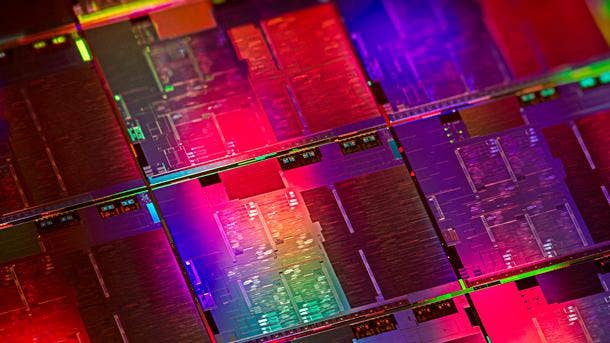
The Basics: Core Count, Clock Frequency, Integrated Graphics
Intel is starting its new line of Core processors with the Core i3, Core i5 and Core i7, which feature up to four cores and eight threads, up to 4.1 GHz max turbo frequency and up to 1.1 GHz graphics frequency. The L1 cache size for the processors is a maximum of 8 MB, and they support up to 32 GB in LP4/x-3733 memory and up to 64GB in DDR4-3200 memory.
Among the processor family's top features is Intel Iris Plus integrated graphics, which sports up to 64 execution units and is based on the company's new Gen11 graphics architecture. The company said the new integrated graphics engine is capable of more than 1 teraflop in performance.
As the company's most integrated CPU platform, the processors come with other integrations, including Thunderbolt 3 and Intel Wi-Fi 6. With Thunderbolt 3, devices powered by Intel's 10th-generation Core processors can support up to four Thunderbolt 3 ports, which can be used in tandem for power delivery and display, as well as high-speed connections to USB and PCIe devices. The integration of Intel's Wi-Fi 6 technology means devices can achieve wireless connections faster than a gigabit.
The processors come in two types: the U-series, a 15-watt CPU package that is designed for high performance, and the Y-series, a 9-watt package that is optimized for smaller devices.
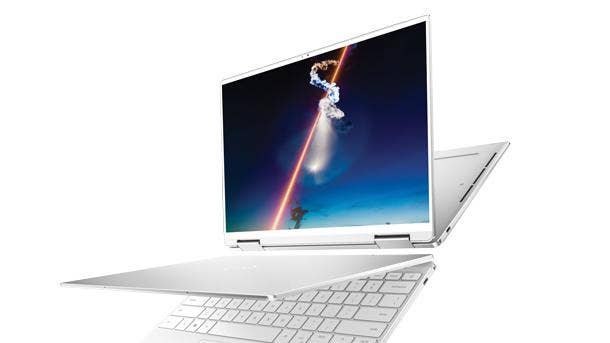
Laptops, 2-in-1s Launching With 10th-Gen Intel Core
Chris Walker, Intel's vice president and general manager of Mobility Client Platforms, said OEMs plan to shop more than 30 designs for notebooks, 2-in-1s and other mobile PCs by holiday 2019.
Among the first designs is Dell's updated XPS 13 2-in-1, which is more than doubling the performance in a thinner form factor compared to the previous generation. The new set of XPS 13s don't have a release date yet, but the company said they're "coming soon" with a starting price point of $999.
Another confirmed design is the upcoming HP Envy 13, which is among HP's first 2-in-1s to feature a "one-of-a-kind wood inlay." The convertible PC is scheduled for a fall 2019 launch, but there is no information available on pricing yet.
Back in April, Intel CEO Bob Swan said the company expects to ship more Ice Lake mobile processors this year than initially expected, thanks to a nearly two-fold increase in manufacturing velocity.
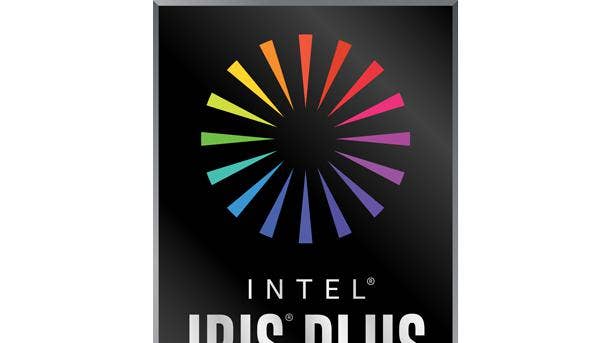
Deeper Dive Into Graphics, Core Architecture
Based on the integrated Ice Lake mobile platform, Intel's 10th-generation Core processors feature not only Intel's new 10-nanometer transistor technology but new core and graphics technology as well.
The Gen11 graphics architecture, which powers the Intel Iris Plus integrated graphics on the new CPUs, comes with many improvements content creation, video playback and gaming. Overall, the new graphics architecture nearly doubles the graphical performance in the 3DMark11 benchmark and the speed of HEVC video encoding and while providing up to two times faster frames-per-second in games at 1080p.
On top of being able to display 4K HDR content in a billion colors, the new graphics engine can play older games like Counter-Strike: Go at more than 60 frames per second and newer games like Fortnite at more than 30 frames per second — a major improvement over eight-generation Intel Core CPUs.
As for the core microarchitecture, the processors are using the new Sunny Cove architecture, which provides an 18 percent improvement in instructions per cycle compared to the company's Skylake core architecture that was introduced in 2015, based on several benchmarks Intel performed.
First revealed back in December, Sunny Cove's features include larger caches, improved branch prediction accuracy, new vector capabilities such as Intel's new Deep Learning Boost instructions and new instructions for cryptography performance such as SHA.
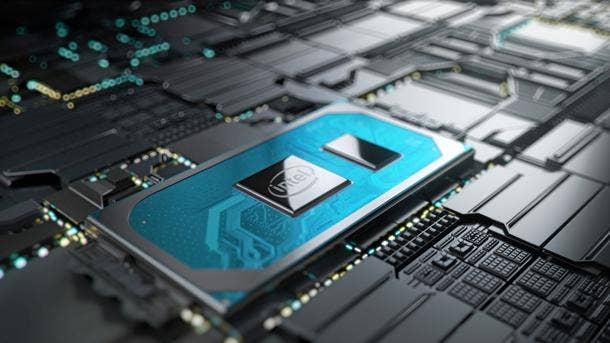
New Processors Bring A Big AI Boost
Among the biggest features in the new 10th-generation Intel Core processor family are a handful of new capabilities that accelerate the performance of artificial intelligence applications.
Core to these new capabilities is Deep Learning Boost, or DL Boost, a new set of hardware-level instructions first introduced in Intel's second-generation Xeon Scalable processors that speeds up low-latency, inference-based workloads, such as image classification.
This is a new feature in the CPU that, when combined with Intel's OpenVINO toolkit, brings a 2.5X improvement in processing images for classification on the ResNet-50 convolutional neural network when comparing Intel's 10th-generation Core i7 to its eight-generation Core i7-8565U.
Intel has demonstrated the applicability of DL Boost in a few ways. One demonstration showed Microsoft's Photos application performing faster inference-based searches. Another showed a photo editing program removing the blur from an image much faster than a laptop without DL Boost.
The new processors have two other consumer-facing AI capabilities. First, the processor family's new Gen11 graphics are designed to support high-throughput, sustained AI workloads, such as applying a compute-heavy artistic filter to a video in a video editing program. The second is through what Intel calls the Gaussian Neural Accelerator, which supports low-power AI applications, such as transcribing the audio of a live meeting without drawing much power.
Intel's 10th-generation Core processors support key AI frameworks, including Windows ML, Apple Core ML and OpenVINO, the latter of which Intel has developed to optimize AI performance for regular CPUs.
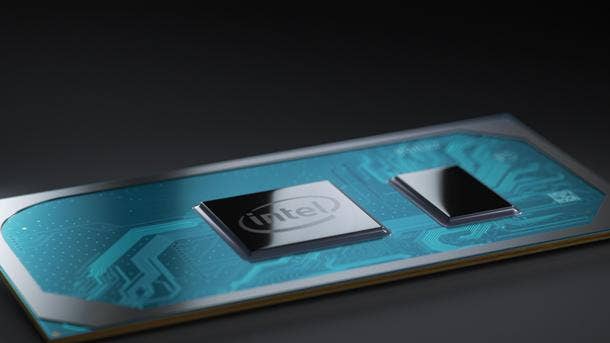
What's Next After 10nm Ice Lake Mobile
While Intel is heavily focused on pushing its new 10th-generation Core mobile processors, the company has provided some details on its roadmap for the next few years.
At an investor summit earlier this month, the company disclosed that it plans to launch multiple 10-nanometer products throughout 2019 and 2020, including a 10nm Ice Lake server processor that is planned for a "fast follow" next year after the launch of the Ice Lake mobile platform.
Among the other 10nm products planned for this time frame is one of the company's first general purpose GPUs, additional CPUs for client computers, the Intel Nervana NNP-I inference processor, the Intel Agilex family of FPGAs and the company's "Snow Ridge" 5G-ready network system-on-chip.
The company also divulged for the first time that it plans to start shipping 7-nanometer products in 2021, the first of which will be a 7nm general-purpose GPU for artificial intelligence and high-performance computing workloads in the data center.